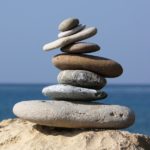It is sugaring time in the forest! But why? What triggers sugaring time? Where does maple syrup come from? How is syrup made? All these questions and more can be answered by understanding what happens inside a tree when winter ends and spring takes over. The science behind sugaring time in the forest is fascinating and yummy!
The Science behind Sugaring Time in the Forest is a continuation of our Biology Unit. This post will be easier to understand if the following unit is completed:
Photosynthesis, The Amazing Power of Plants
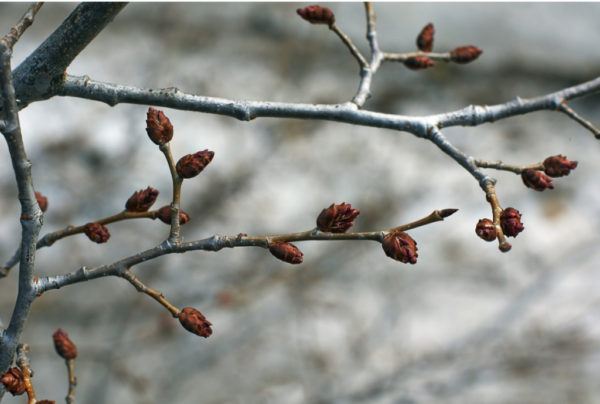
NOTE* Homeschool Project
During this study unit, we decided to tap the maple trees in our yard. We borrowed two taps and rigged our own buckets. Follow our endeavors daily at Homeschool Project: Diary of Maple Tree Tapping
The Spring Awakening
The winter days are short and cold. Conifer needles have an extra waxy coating to prevent their fine greenery from losing water. During sunny days, photosynthesis can occur in an evergreen, but on a much slower basis than during the summer months. But the poor deciduous trees, all winter long they sit naked waiting for the warmth of the spring season.
Once the days become warmer but the nights are still below freezing, a pressure builds within the xylem transport system and the sap begins to flow. The phloem tubes transport stored food to the tips of the branches where new buds begin to sprout. As long as there are buds on the trees, and the weather continues a freeze-thaw, the building pressure will force sap to flow. This is the perfect time to tap trees and hang buckets to catch the drip of the sweet, watery substance.
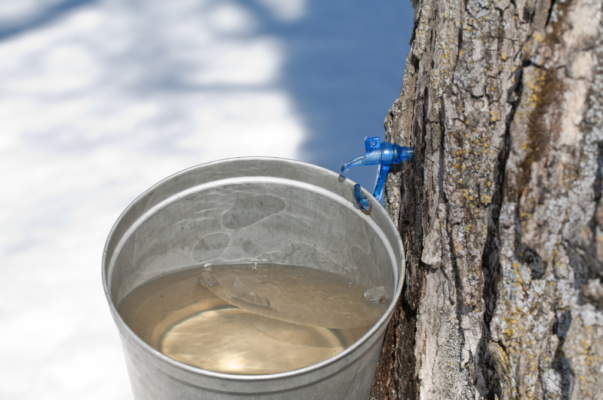
Making Maple Syrup
Tapping season can last 4 – 6 weeks . The length of time is totally up to Mother Nature and is unpredictable. To get sap to flow into your collection bucket, you have to drill a hole into the tree and insert a spout, also known as a tap. The larger the tree, the more taps can be inserted.
Maple syrup doesn’t just flow into the buckets, it drips, s-l-o-w-l-y, and it looks more like water than syrup. This is because the consistency of sap is 90% water. To turn this watery substance into a syrup, the sap is boiled until the water is evaporated and a caramelized sugar with a lovely maple taste is left.
Trees make their own band-aids.
Tapping doesn’t hurt trees. It is a small hole on a gigantic tree and within a year’s time the drilled hole will seal. All trees have their own first aid process. They quickly isolate a wound by growing callous tissues to cover the area. The covering keeps out insects and other infestations.
Green Leaves Breaks the Process
When the spring buds turn to green leaves and the photosynthesis process begins – the tapping season ends. The pressure buildup that forced sap to flow is alleviated (stopped) with the transpiration of water through the stomata in the leaves. Then the chlorophyll factories open their doors and the workers take on the task of feeding the entire tree. At this point, sugaring time in the forest is officially over.
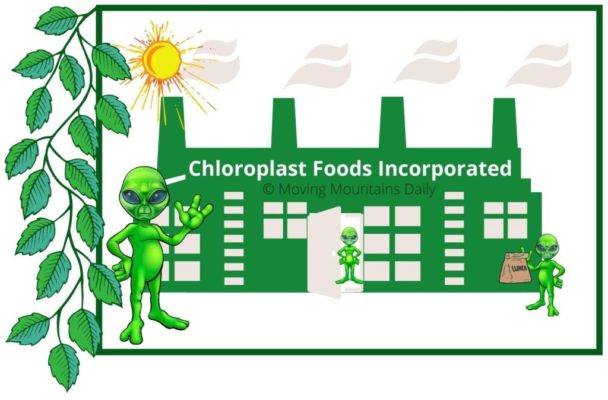
Historic Tales of Sugar Time
The earliest account of sugaring time was written in 1557 by André Thévet, a French Explorer. He writes about discovering sweet sap when a tree was cut down.
Nicholas Denys, a French Explorer in Canada, who lived among the natives, added a bit more to the story when in 1672 he wrote, “The Maple is also a good wood…That tree has sap different from that of all the others. There is made from it a beverage very pleasing to drink, of the colour of Spanish wine but not so good. It has a sweetness which renders it of very good taste; it does not inconvenience the stomach…This is the drink of the Indians, and even of the French, who are fond of it.”
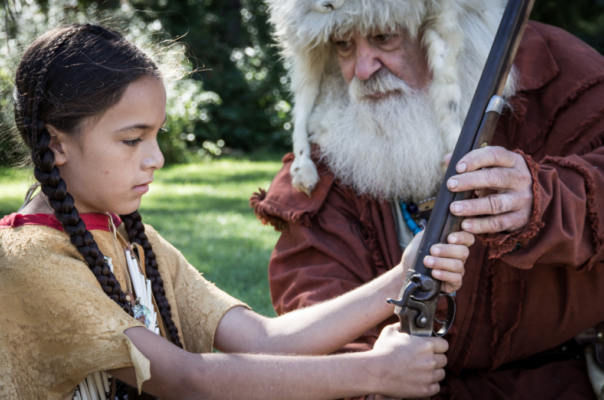
The Exchange of Culture and Knowledge
Native Americans in the Northern United States and Canada traded cultural information, and knowledge. The natives introduced a sweet sap beverage to explorers. They drilled holes into the hardwood trees which provided a clear, thin, sweet beverage. One can imagine that it was a refreshing change after a long cold winter – and a true sign that warmer months were coming. However, it was the Europeans that took sap collection one step farther and boiled it into a thick amber liquid that we know as maple syrup.
Sugar Maples
All trees have flowing sap that can be tapped, but the best syrups come from the Maple family. More specifically, it is the Sugar Maple that is the highly sought after because it has the highest sugar content. Industries that make maple syrup tap only sugar maple trees.
Birch Tree Syrup
In Alaska, where it is too cold for Maples to grow, Birch tree sap is a sweet replacement for maple syrup. Alaskans say it is like drinking fresh water with a hint of sweetness, and the syrup has a caramel-like taste with a touch of spiciness.

Science Investigation Suggestion
The science behind sugaring time in the forest is about investigating. We suggest purchasing Birch tree syrup and comparing it to maple syrup. Take note of the difference in color, texture and flavor! We are anxiously awaiting our sample to be delivered.
The Different Grades
There are different grades of maple syrup. The best grade A syrup consists of light, medium, and dark amber coloring with a light maple taste. It is tapped at the beginning of the season and is reported to be the preferred grade by consumers. The variations in color depends on the temperature factor. The darker the syrup the more robust the flavor. Grade B is thicker and darker than grade A and has a stronger maple flavor.
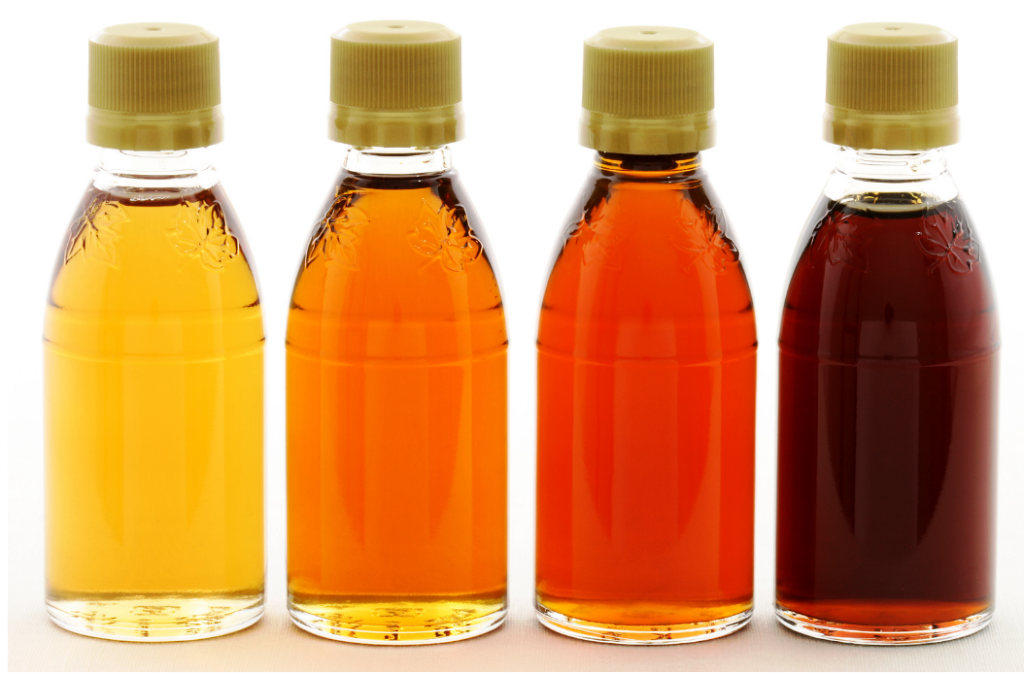
But ‘real‘ syrup is expensive!
Is is expensive and rightly so. The expense of ‘real’ maple syrup is understandable when one considers the short tapping season and the fact that sap is 90% water. If that doesn’t convince you, this will put the cost analysis into perspective: It takes 40 gallons of sap to make one gallon of maple syrup!
‘Real’ vs Corn Syrup
Only ‘real’ maple syrup gives a true taste of photosynthesis. Corn syrup is the main ingredient in most breakfast syrups and fake flavoring adds the maple taste. It is well worth the cost to purchase ‘real’ syrup made from directly from the photosynthesis process. You might never go back to the fake stuff again!
The Moment of Indulgence
Got a hankerin’ for maple syrup now? To end this sugary unit, it is necessary to indulge and dig into a stack of pancakes or some golden brown French toast. Don’t forget to add butter, as well as real Maple Syrup!
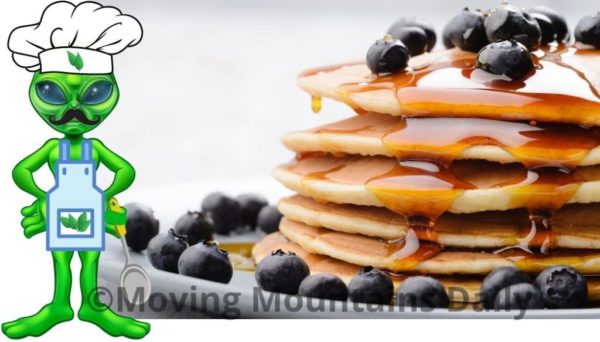
Reading Resources
During this unit, we read some interesting living books about the science behind sugaring time in the forest and producing maple syrup:
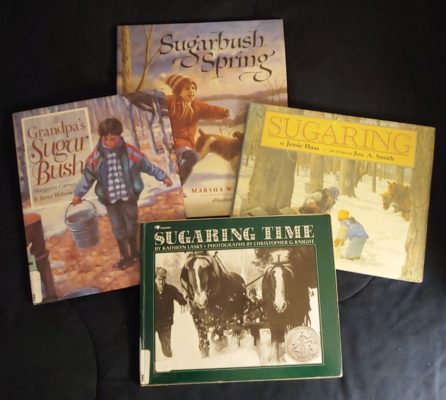
Sugaring, By Jessie Haas
Sugaring Time, By Kathryn Lasky
At Grandpa’s Sugar Bush, By Margaret Carney and Janet Wilson
Sugarbush Spring, By Marsha Wilson Chall
I ran across the following book:

Miracles on Maple Hill, By Virginia Sorensen
We are currently reading this living book about the miracles that take place on Maple Hill. It received the Newbery Medal award in 1957. The first miracle (and I truly believe this) is when the sap rises in the trees. The most important miracle for Marly and Joe, is how the power of nature rejuvenates Daddy who returned from the war, tired and exhausted. An awesome read that brings happiness to the entire family.
Not sure what a living book is? Check this out: “Powerful Lessons from a Living Book“.
Follow us on our tree tapping adventure!
Andrew and I couldn’t get past the desire to taste sap. We borrowed a few taps from friends and rigged our own buckets. You can follow our endeavors here: Homeschool Project: Diary of Maple Tree Tapping
